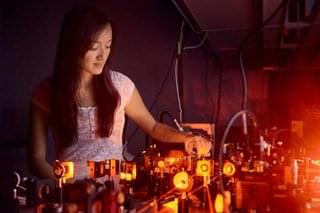Researchers at the University of Cologne have achieved a significant breakthrough in quantum materials, potentially setting the stage for advancements in topological superconductivity and robust quantum computing / publication in Nature Physics.
A team of experimental physicists led by the University of Cologne have shown that it is possible to create superconducting effects in special materials known for their unique edge-only electrical properties. This discovery provides a new way to explore advanced quantum states that could be crucial for developing stable and efficient quantum computers. Their study, titled ‘Induced superconducting correlations in a quantum anomalous Hall insulator’, has been published in Nature Physics.
Superconductivity is a phenomenon where electricity flows without resistance in certain materials. The quantum anomalous Hall effect is another phenomenon that also causes zero resistance, but with a twist: it is confined to the edges rather than spreading throughout. Theory predicts that a combination of superconductivity and the quantum anomalous Hall effect will give rise to topologically-protected particles called Majorana fermions that will potentially revolutionize future technologies such as quantum computers. Such a combination can be achieved by inducing superconductivity in the edge of a quantum anomalous Hall insulator that is already resistance-free. The resultant chiral Majorana edge state, which is a special type of Majorana fermions, is a key to realizing ‘flying qubits’ (or quantum bits) that are topologically protected.
